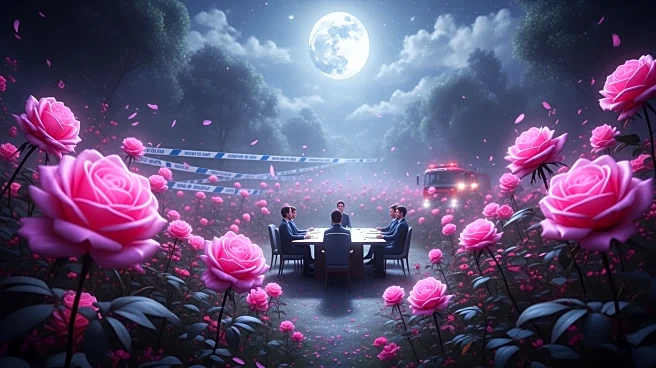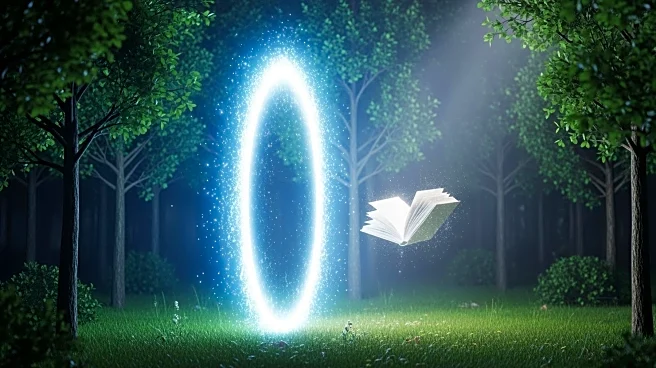What's Happening?
A collection of classic horror novels has been reissued, offering readers a chance to experience chilling tales from the past. These novels, originally published in the 20th century, have been brought
back by small presses, ensuring that their spine-tingling narratives continue to captivate audiences. Among the reissued works is Sylvia Townsend Warner's story of a middle-aged woman who becomes a devil-worshiping witch, a bestseller in its time. Other notable titles include William H. Hallahan's 'The Search for Joseph Tully', a reincarnation-themed thriller, and William Sleator's 'Among the Dolls', a tale that has haunted young readers for decades. The collection also features works by Ken Greenhall, William Hjortsberg, and Michael McDowell, each offering unique takes on horror that range from haunted houses to noir detective stories. Clive Barker's 'Books of Blood' is also part of the reissue, celebrating its 40th anniversary with a new edition.
Why It's Important?
The reissue of these horror classics is significant as it revives interest in a genre that has long captivated readers with its ability to explore the darker aspects of human nature and society. These novels not only provide entertainment but also offer insights into the cultural and social issues of their time. By making these works accessible to new generations, publishers are preserving important literary contributions and ensuring that the horror genre continues to evolve. This revival can also stimulate interest in other forgotten works, encouraging a broader appreciation for literary history and diversity in storytelling. For the publishing industry, these reissues represent an opportunity to tap into the nostalgia market while introducing timeless stories to a new audience.
What's Next?
As these reissued novels gain traction, there may be increased interest in adapting some of these stories into films or series, given the current popularity of horror in visual media. Additionally, the success of these reissues could inspire publishers to explore other genres and authors that have been overlooked, potentially leading to a broader revival of classic literature. Readers and literary critics alike may engage in discussions about the themes and relevance of these works in today's context, further enriching the cultural dialogue around horror literature.
Beyond the Headlines
The reissue of these horror novels also highlights the role of small presses in preserving and promoting literary heritage. These publishers often take risks on niche markets, providing a platform for stories that might otherwise remain in obscurity. This initiative underscores the importance of diversity in publishing and the need to support independent presses that contribute to a vibrant literary ecosystem. Furthermore, the renewed interest in these works may encourage authors to experiment with horror, blending traditional elements with contemporary issues to create innovative narratives.













